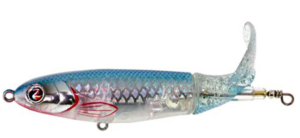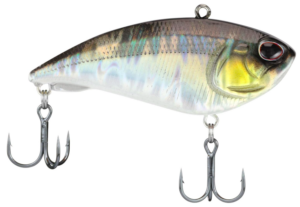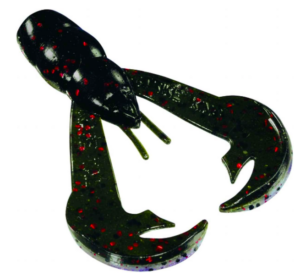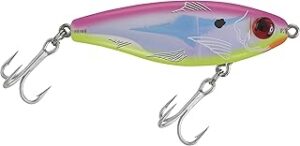Shark Fishing in Bradenton, Florida
Shark fishing is an exciting experience for anglers visiting the Bradenton area. From small blacktip and bonnethead sharks inshore to larger hammerheads and bulls offshore, these apex predators offer thrilling fights and unforgettable moments. Many species can be caught from beaches, piers, and boats, making shark fishing accessible for all types of anglers.
Where to Catch Sharks
Sharks are found throughout the Bradenton area:
Inshore bays and grass flats (especially for bonnethead and blacktip sharks)
Near bridges, passes, and channel edges
Off the beaches and nearshore reefs (especially at night or during baitfish migrations)
Larger species are more commonly encountered farther offshore on wrecks and ledges.
Best Time to Fish for Sharks
| Season | Shark Activity |
|---|---|
| Spring | Good – increasing activity inshore and nearshore |
| Summer | Excellent – peak action with warm water and abundant bait |
| Fall | Good – continued activity as sharks follow migrating bait |
Peak Season: May through September
Tackle & Tips
Rods & Reels: Heavy spinning or conventional gear for strength and control
Line: 50–100 lb braid or mono with strong wire leader
Bait: Fresh cut bait like mullet, jack, ladyfish, or bonito
Techniques: Anchor and chum or drift baits near structure—be patient and ready for long runs and strong fights










